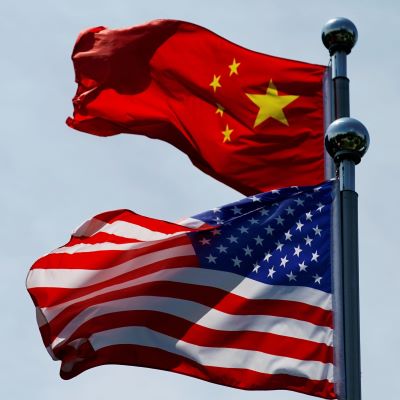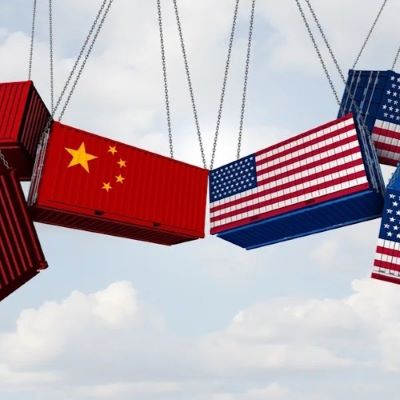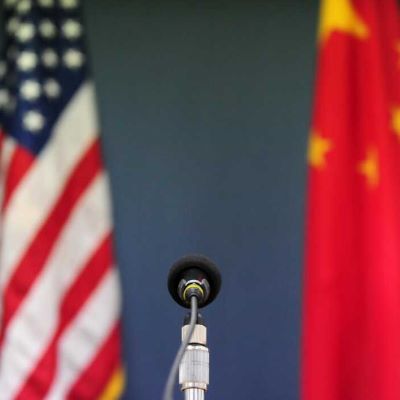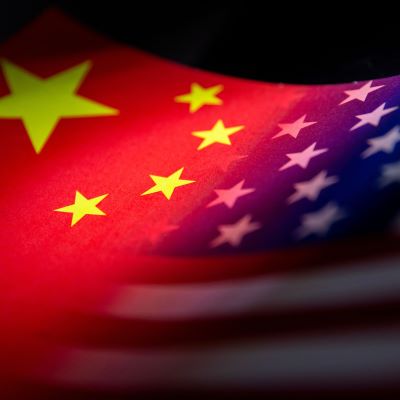Register to continue reading for free
What’s next for footwear businesses in a volatile global trade landscape?
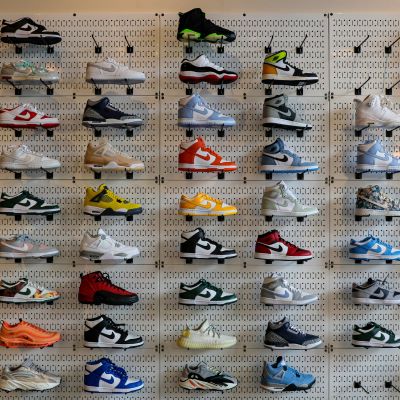
We have looked at the prospects for footwear companies in light of the recent US tariffs announcements, highlighting some concerns from both a manufacturing and retail perspective
The first weeks of April have been a rollercoaster for U.S. footwear companies. After an initial plunge triggered by President Trump’s announcement of broad reciprocal tariffs, shares of major players like Nike, Deckers, Wolverine Worldwide and Foot Locker rebounded sharply following his decision to implement a 90-day pause on most measures targeting 75 key trading partners (footwearnews.com).
However, no one is out of the woods yet. The 125% reciprocal tariffs imposed by both the US and China following a sharp escalation in the trade war may have made some imports commercially unviable. What does this mean for the US footwear industry?
“It has a chilling impact”, commented Matt Priest, President of FDRA, on BBC News. “On those who source products from China, particularly, it makes those types of products and the shoes that we bring in not commercially viable”. According to the World Footwear 2024 Yearbook, the US imported 1.19 billion shoes from China in 2023, valued at 9.9 billion US dollars, representing a market share of 37% and a value share of 60%.
Looking At China
Yue Yuen, a leading manufacturer for global sports and outdoor brands, is sending out worrying signals. Its manufacturing revenue rose 3.5% in March, down from 14.9% growth in February. Shortly afterwards, it issued a profit warning for the year, saying it expected a decline of no more than 25% over the 100 million US dollars recorded in 2024.Although it didn’t specifically mention the impact of the tariffs, it said it was “primarily due to the negative impact on gross margin from an increase in unit footwear manufacturing costs in a volatile operating environment”.
On the other hand, Forrester retail industry analyst Sucharita Kodali pointed out to Yahoo Finance that consumer pushback in China is also a big question mark. Nike, for instance, saw third quarter revenue in Greater China fall by 17% to 1.73 billion US dollars. CEO Elliott Hill assured investors that the company remains “committed to China,” but concerns persist.
Skechers delivered “record” sales of 8.97 billion US dollars in 2024, up by 12.1% year-on-year. However, despite a 3% year-on-year growth in APAC, the company reported continued headwinds in China. In the final quarter of 2024, the company’s sales in China fell by 11.5% to 333.5 million US dollars.
“China continues to be the challenge that, in its size and scale, gives it a disproportionate impact, particularly in the Asia Pacific region”, Skechers CFO John Vandemore told investors. He guaranteed that the team “is working very diligently to address what they can in the market”.
With the sneaker company set to reveal its first quarter results in a few days, UBS warns that the impact of tariffs could lead it to cut annual earnings per share guidance by 0.50 to 1.00 US dollars, raising investor concerns (finimize.com).
90-day Reprieve: What’s Next?
Although imports from China to the US have fallen by more than 4.5 billion US dollars over the past five years (according to the World Footwear 2024 Yearbook), demonstrating the efforts to diversify sourcing, other questions arise when it comes to the impact of the latest tariff moves by the US administration.Several companies have tried to reduce their reliance on Chinese manufacturing since Donald Trump took office for the first time in 2016, including Nike, Under Armour, Wolverine Worldwide and Steve Madden. However, most have moved to neighbouring countries such as Vietnam and Indonesia.
But given that the US imposed tariffs of 46% and 32% on Vietnamese and Indonesian goods, respectively, on the 2nd of April, what will happen after the 90-day reprieve? Will there be an opportunity for footwear manufacturers like Brazil or India, which have reacted cautiously to this situation? We’ll have to wait and see.
Image Credits: Mick Haupt on Unsplash




